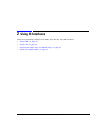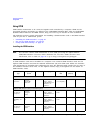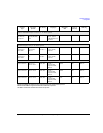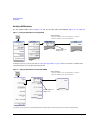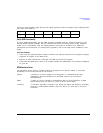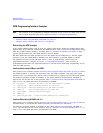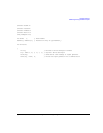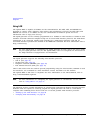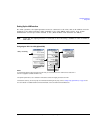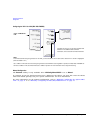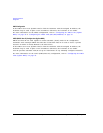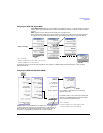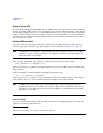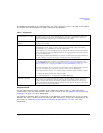
28 Agilent N518xA, E8663B, E44x8C, and E82x7D Signal Generators Programming Guide
Using IO Interfaces
Using LAN
Using LAN
The Agilent MXG is capable of 100Base-T LAN communication. The ESG, PSG, and E8663B are
designed to connect with a 10Base-T LAN. Where auto-negotiation is present, the ESG, PSG, and
E8663B can connect to a 100Base-T LAN, but communicate at 10Base-T speeds. For more
information refer to http://www.ieee.org.
The signal generator can be remotely programmed via a 100Base-T LAN interface or 10Base-T LAN
interface and LAN-connected computer using one of several LAN interface protocols. The LAN allows
instruments to be connected together and controlled by a LAN-based computer. LAN and its
associated interface operations are defined in the IEEE 802.2 standard. For more information refer to
http://www.ieee.org.
NOTE For more information on configuring your signal generator for LAN, refer to the User’s Guide
for your signal generator. Also, for the Agilent MXG, refer to www.agilent.com and search on
the FAQs: Hardware Configurations and Installation.
The signal generator supports the following LAN interface protocols:
• VXI-11 (See page 37)
• Sockets LAN (See page 39)
• Telephone Network (TELNET) (See page 39)
• File Transfer Protocol (FTP) (See page 43)
VXI-11 and sockets LAN are used for general programming using the LAN interface, TELNET is used
for interactive, one command at a time instrument control, and FTP is for file transfer.
The Agilent MXG is LXI Class C compliant. For more information on the LXI standards, refer to
http://www.lxistandard.org/home.
NOTE For more information on configuring the signal generator to communicate over the LAN,
refer to “Using VXI-11” on page 37.
The following sections contain information on selecting and connecting IO libraries and LAN interface
hardware that are required to remotely program the signal generator via LAN to a LAN-based
computer and combining those choices with one of several possible LAN interface protocols.
• “Setting Up the LAN Interface” on page 29
• “Verifying LAN Functionality” on page 34




